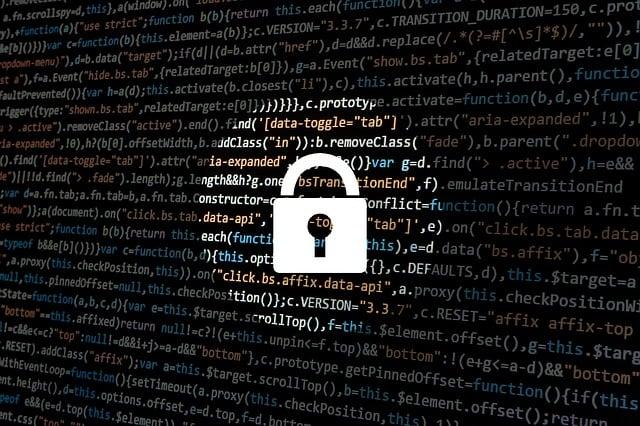Row-level security (RLS) is a security feature that helps control data access at the row level. It's a powerful tool that allows you to restrict data access to only the rows that a particular user or group of users should be able to see. RLS is a useful feature in situations where you have sensitive data that needs to be protected or where you want to ensure that users only see the data that's relevant to them.
RLS is an important feature in data visualization and analysis tools like Power BI, where multiple users can access the same data. With RLS, you can ensure that each user sees only the data that they're authorized to view. This can be especially useful in scenarios where you have sensitive data, such as customer information or financial data, that needs to be protected.

RLS works by applying a set of filters to a data source. These filters are applied based on the user context of the user who is requesting the data. The filters are used to limit the data that the user can access, so that they only see the rows that they are authorized to see. For example, if you have a sales team that is divided into regional groups, you can set up RLS to ensure that each member of the team only sees the data that pertains to their specific region.
To use RLS, you need to define roles and rules that specify the filter conditions for each role. For example, you can create a role for managers that only allows them to see data for their own department, or a role for customers that only allows them to see their own orders. You can also use dynamic RLS, which automatically applies filters based on the user's identity, such as their email address or username.
One of the key benefits of RLS is that it allows you to control data access without having to create multiple copies of the same data. This is especially important in scenarios where data storage is limited, or where it's important to maintain data consistency across the organization.
In addition to providing enhanced data security, RLS can also be used to improve data accuracy and analysis. By limiting access to only the relevant data, you can ensure that users are working with the most accurate and up-to-date data. This can lead to better decision-making and improved business outcomes.
RLS can be applied in a variety of scenarios, including:
- Sales teams: RLS can be used to restrict access to sales data, ensuring that each team member only sees data that pertains to their specific region or sales territory.
- HR departments: RLS can be used to restrict access to employee data, ensuring that only authorized personnel can view sensitive information like salaries and performance reviews.
- Financial institutions: RLS can be used to restrict access to financial data, ensuring that only authorized personnel can view sensitive information like customer account balances and transaction histories.